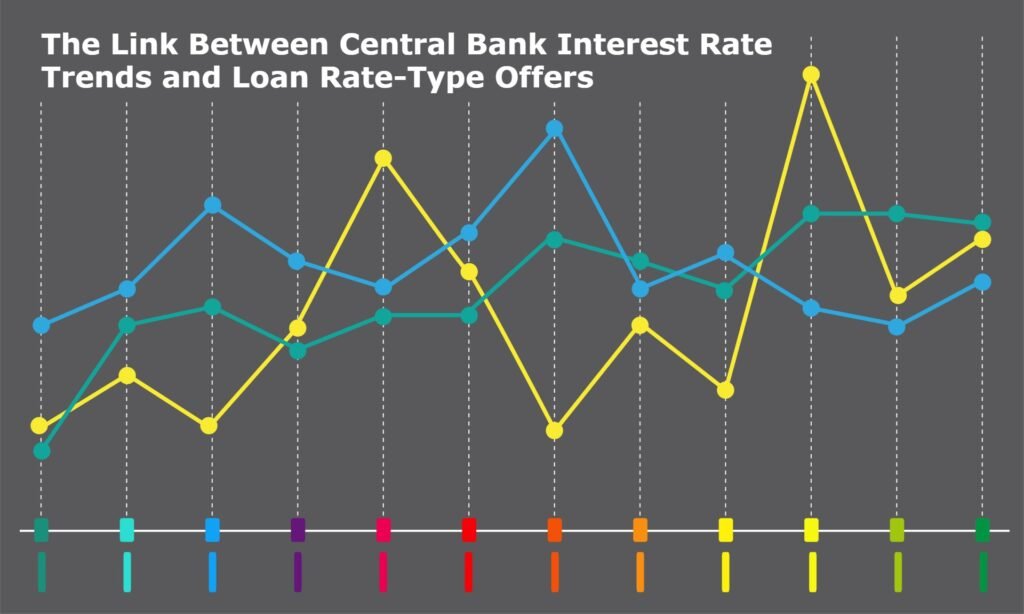|
Getting your Trinity Audio player ready...
|
Pets are far more than furry companions—they are emotional pillars in the lives of millions. In families, pets often help children develop empathy, responsibility, and emotional resilience. Children who grow up with pets have been shown to be more nurturing, more socially connected, and better equipped to manage anxiety and stress. For individuals facing grief or navigating life-altering transitions, pets become an emotional anchor, providing consistent companionship, a sense of routine, and a reminder that life continues.
The link between pets and emotional intelligence is well-documented. A dog that waits faithfully by the door, a cat that curls up during moments of solitude, or a parakeet chirping in a quiet house—these are not trivial details. They are lifelines to emotional wellness. In elder care, therapy animals often assist patients dealing with dementia or depression. For people struggling with PTSD, autism, or other psychological challenges, pets become co-therapists in their journey to healing.
The Pet Supply Market: Booming, Competitive, and Global
The pet supply market is not merely a trend—it is a growing economic sector. The global pet care industry was valued at $246.66 billion in 2023 and is expected to reach over $368.88 billion by 2030, according to a report from Smart Pets Home. In the United States alone, pet owners spent more than $136 billion in 2022 on pet-related products and services. The market shows no signs of slowing down, driven by increased pet ownership, the humanization of pets, and a surge in demand for premium and personalized pet products.
In the digital space, the shift toward online purchasing has been transformative. According to industry data, more than 60% of pet product sales are now influenced by online research, and nearly half are completed online. Mobile commerce, subscription models, and direct-to-consumer services are rapidly gaining popularity.

Understanding the Competitive Landscape
As the market grows, so does competition. Large players like Chewy, Amazon, and PetSmart dominate, but there is room for smaller retailers to carve out niches. These include:
- Premium food and nutrition products
- Sustainable and eco-friendly items
- Personalized accessories and grooming tools
- Specialty toys and training supplies
- Pet health and wellness products
What separates a thriving pet supply business from a stagnant one is not just pricing, but strategic marketing, customer loyalty, and brand identity.
Strategic Marketing to Boost Sales in Pet Supply Retail
Effective marketing in the pet supply industry is about reaching the right audience with genuine value, whether through digital platforms, targeted promotions, or community connections. By focusing on both attraction and retention, businesses can build lasting relationships with pet owners who are emotionally invested in their companions.

1. Develop a Unique Value Proposition (UVP)
Your pet shop must clearly communicate what sets it apart. Is it a commitment to organic products? Specialized gear for exotic pets? A loyalty program for repeat buyers? Build a UVP that reflects your strengths and communicates that to your audience with precision.
2. Leverage Social Media and Influencer Marketing
Pet content is among the most shared on social media. Use this to your advantage. Showcase pets using your products in short videos or photos. Partner with pet influencers who align with your brand values. Consider launching a “Pet of the Month” campaign to foster engagement.
Influencer marketing can be particularly powerful in this industry. Micro-influencers with 10,000 to 50,000 followers often deliver better engagement rates at a lower cost compared to celebrity accounts. A sincere product review or demonstration by a trusted pet parent can significantly influence purchasing decisions.
3. Optimize for Search Engines (SEO)
Use SEO to ensure that when a customer searches “best cat litter for kittens” or “eco-friendly dog toys,” your website appears in the top results. Invest in keyword research, on-page optimization, and regularly updated blog content to stay relevant.
Include how-to guides, breed-specific care tips, and detailed product descriptions to establish your authority in the space and drive organic traffic.
4. Email Marketing and CRM Integration
An engaged email list is one of your most valuable assets. Offer discounts or pet care guides in exchange for sign-ups. Use automated flows for welcome sequences, cart abandonment recovery, and post-purchase follow-ups.
Segment your audience based on pet type, purchase history, and behavior. Send personalized recommendations and reminders. A dog owner who buys grooming shampoo every three months should receive a timely email before they run out.
5. Implement Loyalty and Referral Programs
Loyalty programs increase repeat purchases and customer retention. Offer points for purchases, referrals, or social shares. Allow those points to be redeemed for discounts or free products.
Referral programs are a low-cost method of acquiring new customers. Give existing customers a $10 reward for every friend who places an order using their referral code.
6. Invest in Paid Advertising Campaigns
Use Google Ads and Meta Ads to target high-intent keywords and demographics. Retarget visitors who abandon their shopping cart. Promote seasonal items or limited-time offers with urgency-driven copy.
Diversify ad spend across platforms and continuously optimize based on ROI. A/B test your creatives to identify which messaging resonates most with pet owners.
7. Host Community and Charity Events
Whether online or in-store, events foster brand affinity. Sponsor a local adoption fair or host a virtual pet care Q&A with a veterinarian. Not only do these events build goodwill, but they also expand your reach and give people a reason to remember your store.
8. Expand Through Subscription Models
Consider launching a subscription box service that delivers treats, toys, or grooming supplies monthly. Subscription services create predictable revenue and encourage customer loyalty.
Make the unboxing experience exciting, shareable, and branded. Include sample-sized versions of new products to introduce variety and build cross-sell potential.
9. Embrace Mobile Commerce and SMS Marketing
Mobile shopping is dominating e-commerce trends. Ensure your site is responsive, loads quickly, and offers mobile-friendly payment options.
SMS marketing has extremely high open rates. Send time-sensitive discounts, back-in-stock alerts, or birthday messages for a customer’s pet. Just make sure customers have opted in and messages provide real value.

Growing with Heart and Strategy
The pet supply business is uniquely positioned at the intersection of commerce and compassion. Every product sold supports the bond between humans and their pets. By combining strong emotional resonance with financial and marketing discipline, your shop can thrive in a competitive but growing market.
Focus on authenticity, personalization, and value creation. Customers who feel understood and appreciated become loyal brand advocates. Whether you’re running a boutique pet store or an expansive e-commerce platform, the strategies outlined above are adaptable and actionable.
We’ll continue exploring this topic in future articles. If you’re passionate about pets and want to turn that passion into a scalable, sustainable business, we’re here to support your journey.
Leave us a comment below — What has worked best for your pet shop? Any marketing tips you’d add to the list? Come back tomorrow for more insights into the pet industry, marketing strategies, and entrepreneurial success stories.
Stay connected. Stay inspired. And always keep your tail wagging.









